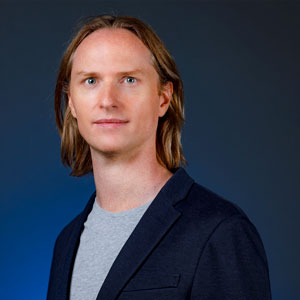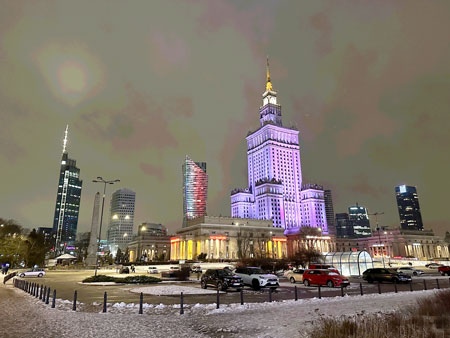In brief

My name is Sybil Derrible (he/him), I am a Professor of Urban Engineering in the Department of Civil, Materials, and Environmental Engineering at the University of Illinois Chicago (UIC) and the Director of the Complex and Sustainable Urban Networks (CSUN) Laboratory.
My work is at the nexus of urban metabolism, infrastructure planning and design, data science / artificial intelligence, complexity science, environmental justice, and future studies to redefine how infrastructure is planned, designed, built, and operated, championing principles of livability, sustainability, and resilience. See my Work page.
My publications include the textbook Urban Engineering for Sustainability (MIT Press, 2019). See my Writings page.
I am a Lead Author on the United Nations Environmental Program (UNEP) Seventh Global Environment Outlook (GEO-7). Read the GEO-6 report here and learn more about GEO-7 here.
I hold editorial responsibilities with the journals Scientific Reports, the ASCE Journal of Infrastructure Systems, and Cleaner Production Letters. I am also the Chair of AMR10, the Critical Transportation Infrastructure Protection Committee at the Transportation Research Board (TRB).
As a consultant, I provide services to governments, non-profits, and industries in the world on smart cities, urban sustainability, infrastructure resilience, environmental justice, technology, and urban futures.
Make sure to visit the CSUN Lab's website that has information about the CSUN team along with a full list of publications, research projects, codes and tools, datasets, and information for prospective members, among many other things.
